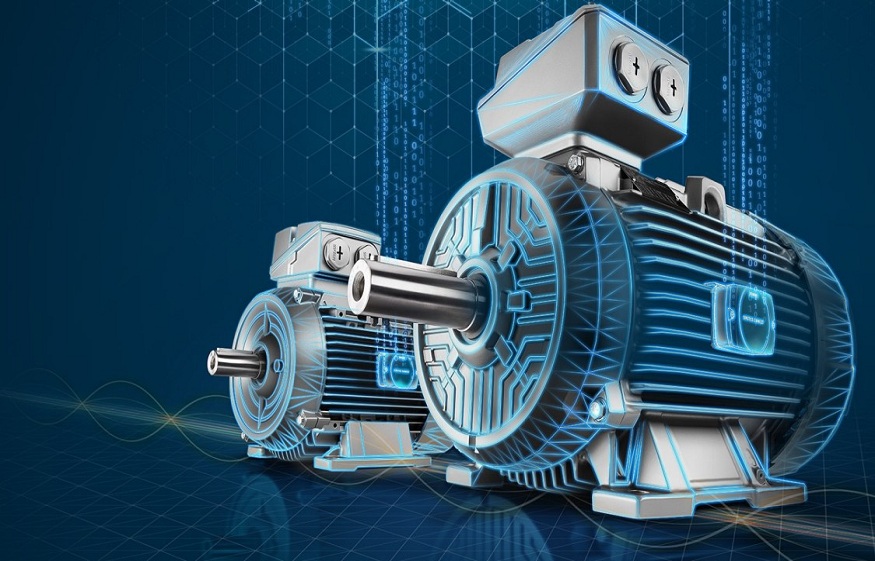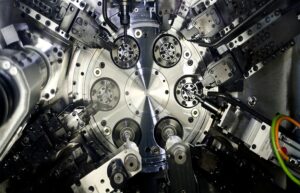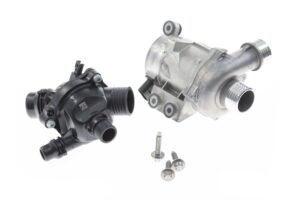
This process consists in using a current to create a magnetic field on the fixed part of the machine (the “stator”), which, while moving, will set in motion a rotating part (the “rotor”). We will dwell more on these two pieces a little later in this article.
The principle of an electric motor
What is the difference between a heat engine and an electric motor?. It is therefore important to differentiate them from the start. Although they are currently used almost as synonyms, in the automotive industry, an “electric motor” refers to a machine that converts energy into mechanical energy (and therefore into movement), while a heat engine accomplishes the same task, but specifically using thermal energy. When we talk about the transformation of thermal energy into mechanical energy, we are therefore talking about combustion, and not electricity.
It is therefore the type of energy converted that determines the type of engine, thermal or electric. With respect to electric vehicles, since mechanical energy is generated by electricity, the term “electric motor” is used to describe the system that moves the electric vehicle forward . This is called pulling.
How does an electric motor work in an electric vehicle?
Now that it is established that we are talking here about electric motors, and not heat engines, let’s look at how the motor works in an electric vehicle.
Today, electric motors are found in many everyday objects. Those with direct current (DC) motors have fairly basic functionality. However, they can be used to operate windscreen wipers, windows and other small mechanisms inside the car.
The stator and the rotor
To understand how an electric vehicle works, you need to be familiar with the physical components of its electric motor. It starts with a good understanding of the principles of its two main parts: the stator and the rotor. A simple way to remember the difference between the two: the stator is “static”, while the rotor is “rotating”. In an electric motor, the stator uses energy to create a magnetic field which then spins the rotor.
So how does an electric motor work to power an electric vehicle ? This requires the use of alternating current (AC) motors, which require the use of a conversion circuit to transform the direct current (DC) supplied by the battery. Let’s look at the two types of current.
Powering an electric vehicle: alternating current (AC) vs direct current (DC)
First and foremost, to understand how an electric car motor works, you need to know the difference between alternating current and direct current (electric currents).
There are two ways for electricity to flow through a conductor. Alternating current (AC) refers to an electric current in which electrons periodically change direction. Direct current (DC), as its name suggests, flows in only one direction.
Electric car batteries work with direct current. With regard to the main motor of the electric vehicle (which ensures the traction of the vehicle), this direct current must however be transformed into alternating current via an inverter.







